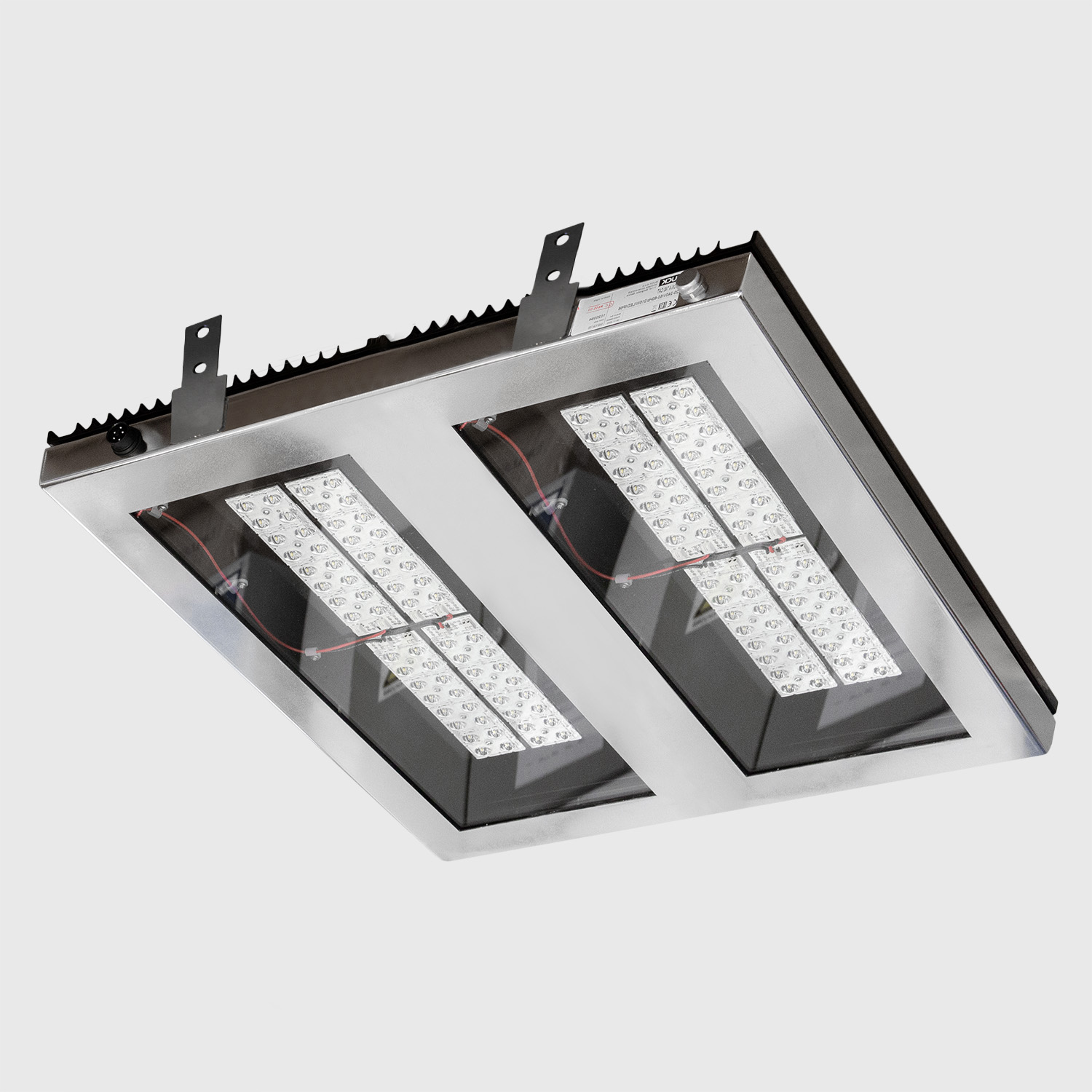The inclusion of cyan light in LED products has become a significant topic of interest for both manufacturers and consumers. Understanding how this affects the human eye and overall well-being can help us make informed choices about lighting solutions. In this post, we’ll explore how cyan light enhances LED spectra and mitigates the harmful effects of blue light.
The Basics of LED Light Spectrum
Light-emitting diodes (LEDs) are known for their efficiency and longevity, making them popular in a variety of applications. However, traditional LED lights often have a high intensity of blue light, particularly in the range of 400-450 nanometers. This blue light can be harsh and has been associated with digital eye strain and potential long-term damage to the retina.
Introducing Cyan Light for Spectrum Balance
Manufacturers have started incorporating cyan light (wavelengths around 490-520 nanometers) into their LED products to create a more balanced light spectrum. This balance reduces the peaks of blue light and spreads the light energy across a wider range of wavelengths.
Visualizing the Spectrum

The graph above shows two spectra:
Typical LED Spectrum – Blue Light Curve: This spectrum has a significant peak around 450 nm, representing high-intensity blue light.
Cyan Enhanced LED Spectrum – Cyan Light Curve: This spectrum includes additional cyan light around 500 nm, creating a smoother and more balanced light distribution.
Benefits of Cyan Light Integration
Reduced Blue Light Hazards: By shifting some of the light intensity from the high-energy blue range to the cyan range, the potential for retinal damage and digital eye strain is reduced. This is especially beneficial for people who spend long hours in front of screens.
Enhanced Visual Comfort: A balanced spectrum with both blue and cyan light provides a more natural and comfortable viewing experience. This can reduce symptoms of eye strain, such as dryness and headaches.
Better Sleep Quality: Blue light is known to suppress melatonin production, which can disrupt sleep patterns. Cyan light, being slightly higher in wavelength, has a less pronounced effect on melatonin. Thus, LEDs with cyan enhancement can help maintain healthier sleep cycles by minimizing the disruptive impact of blue light.
Improved Color Rendering: Adding cyan light enhances the color rendering index (CRI) of LEDs, making colors appear more natural and vibrant. This is particularly important in settings where accurate color perception is crucial, such as in art studios, retail, and medical environments.
Conclusion
The integration of cyan light into LED spectra represents a thoughtful advancement in lighting technology. By addressing the harmful effects of blue light and enhancing visual comfort, these LEDs offer a healthier and more pleasant lighting experience. As consumers become more aware of the benefits, we can expect to see more products incorporating this balanced approach to light.
Choosing LED products with cyan enhancement can contribute to better eye health, improved sleep quality, and overall well-being. When selecting your next lighting solution, consider the spectrum and look for those that prioritize a balanced light output.











